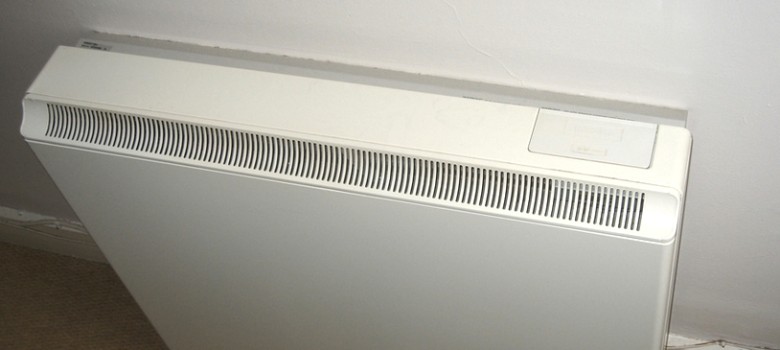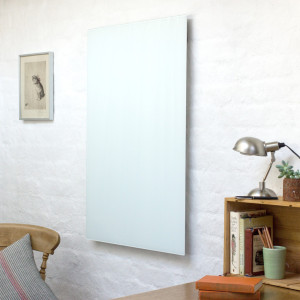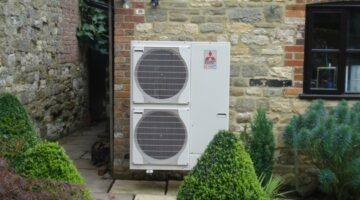
In this blog, we are going to look at the various ways heat can be transferred and what that means for both heating and insulation.
Convection Heating
Radiators and storage heaters are two of the most common heating systems in the UK and they both take advantage of convection to heat spaces. When a radiator gets warm, it heats the air that comes into direct contact with it, which causes the air to increase in temperature
As the air gets warm, it expands and becomes less dense which causes it to rise upwards. As it rises, cool air is pulled to the radiator to replace it, which then in turn gets warmed too. The warm air in the room cools naturally as it transfers its heat when it hits cooler objects and therefore the cycle repeats itself in what is known as a convection cycle.
Advantages of convection heating:
- Moves air around the room
- Relatively cheap because it works with gas central heating
Disadvantages of convection heating:
- Can push dust around the home, exacerbating allergies.
- Heats the air, which means opening a window will lose heat much more quickly than radiant heat.
Radiant Heating
Radiant heaters use radiation to heat surfaces. Unlike convection heaters that heat the air, radiant heaters (or infrared heaters) emit infrared radiation, which travels unimpeded until it hits a solid object which absorbs the radiation and warms up. The best example of radiant heating is the sun – this is why even on a cold winters day, you can still feel the warmth of the sun on your face.
Once the objects warm up as a result of the radiant heating, they gently give off their heat to the surrounding air. While a common form of heating in the Scandinavian countries and Germany in particular, Infrared (or radiant) heating is relatively new in the UK, but very quickly gaining popularity.
Advantages of radiant heaters:
- Heats surfaces directly, therefore the feeling of warmth is far quicker, so the heating doesn’t need to be on for so long. In addition, Radiant heating is less impacted by cold draughts since the air is not being heated
- Makes you feel warmer because it creates instant heat on your skin
- Cheaper to run than convective heaters except if you already have gas central heating.
- Can help reduce mould and help dry out buildings because the walls increase in temperature
- Since there are no convection currents – radiant heating is better for families that suffer from allergies.
Disadvantages of radiant heaters:
- Can be more expensive to install.
Conduction Heating
Conduction is the final way heat can be transferred. This is where the molecules pass on their energy directly from one to another. Generally gasses are really bad conductors, so it is not possible to heat a room using conduction alone. This property however, means that gasses make great insulators!
 Helping reduce heat loss in the home
Helping reduce heat loss in the home
Heat will generally escape from the home via convection and conduction. So stopping these 2 ways for heat to exit will help keep your home warmer! Convection can be reduced by preventing the exchange of air between the inside and outside of the home – best achieved by draught proofing and ensuring the home is as airtight as possible.
Conduction can be reduced by placing insulating materials as a barrier between the inside and outside. Fibre, wool and foam insulation work by trapping pockets of air in their layers (gasses being poor conductors) – This cuts any convection that might occur and prevents the conduction of heat from one side to the other. Rigid, solid insulation like Celotex relies on the material itself to prevent the heat transfer –but can be similarly effective.
Double glazing is more efficient than single glazing because of that vacuum between the panes of glass – it prevents the conduction of heat because vacuums have no molecules with which to transfer the heat from one side to the other.













Banana
BANANAS ARE AWSOME FHDBZUYBUDYBCSBCUHSDBBDUHC